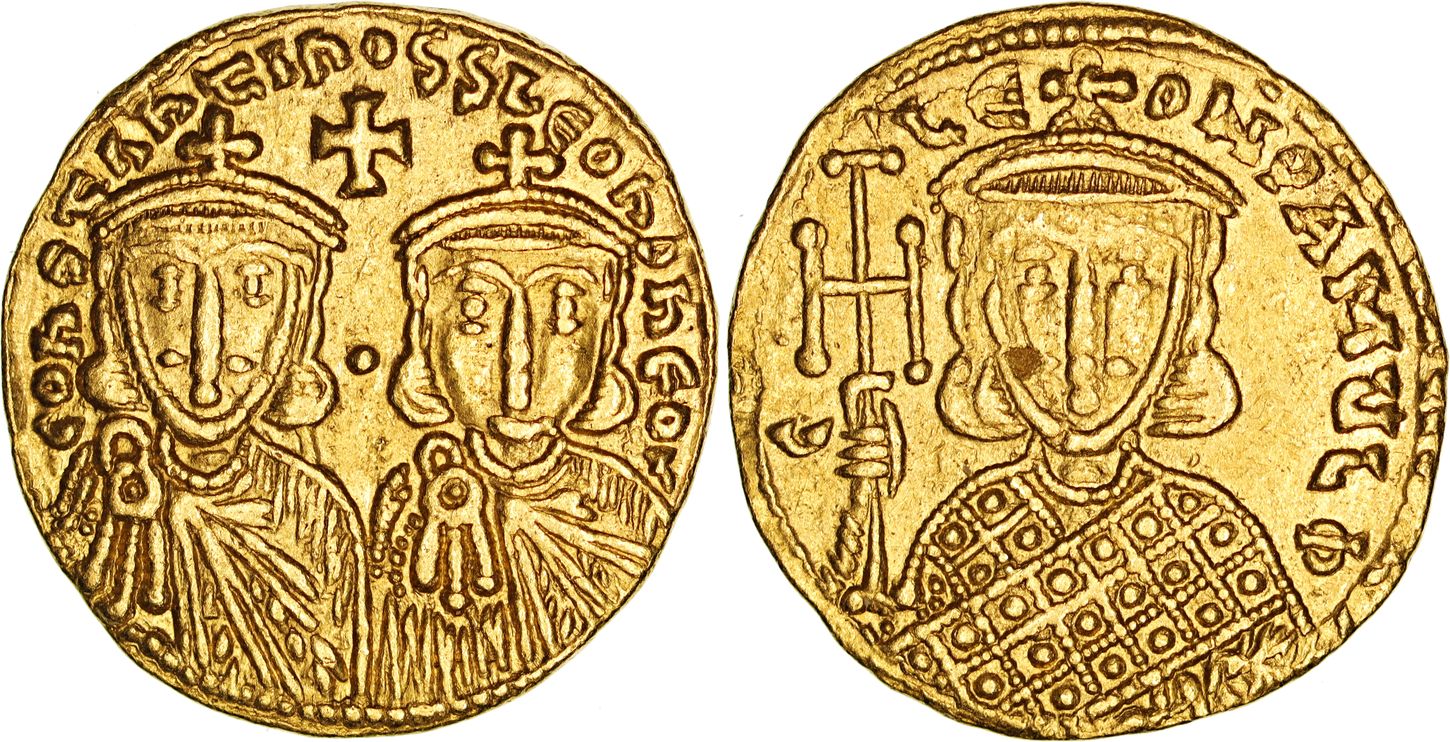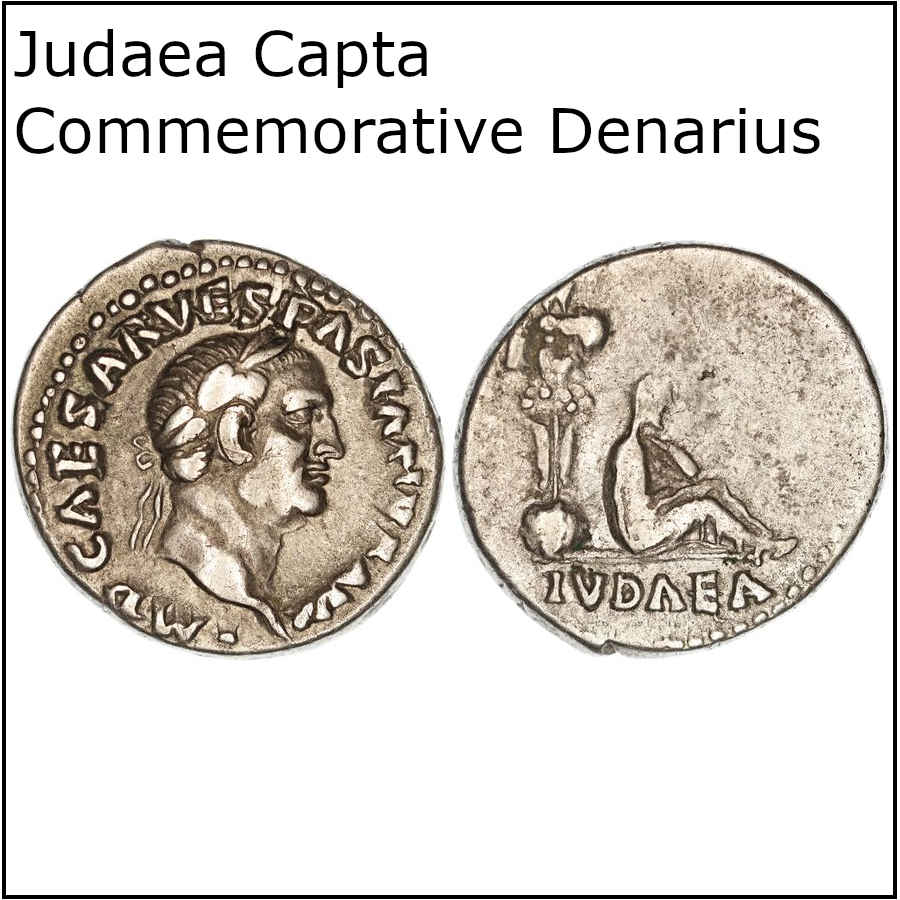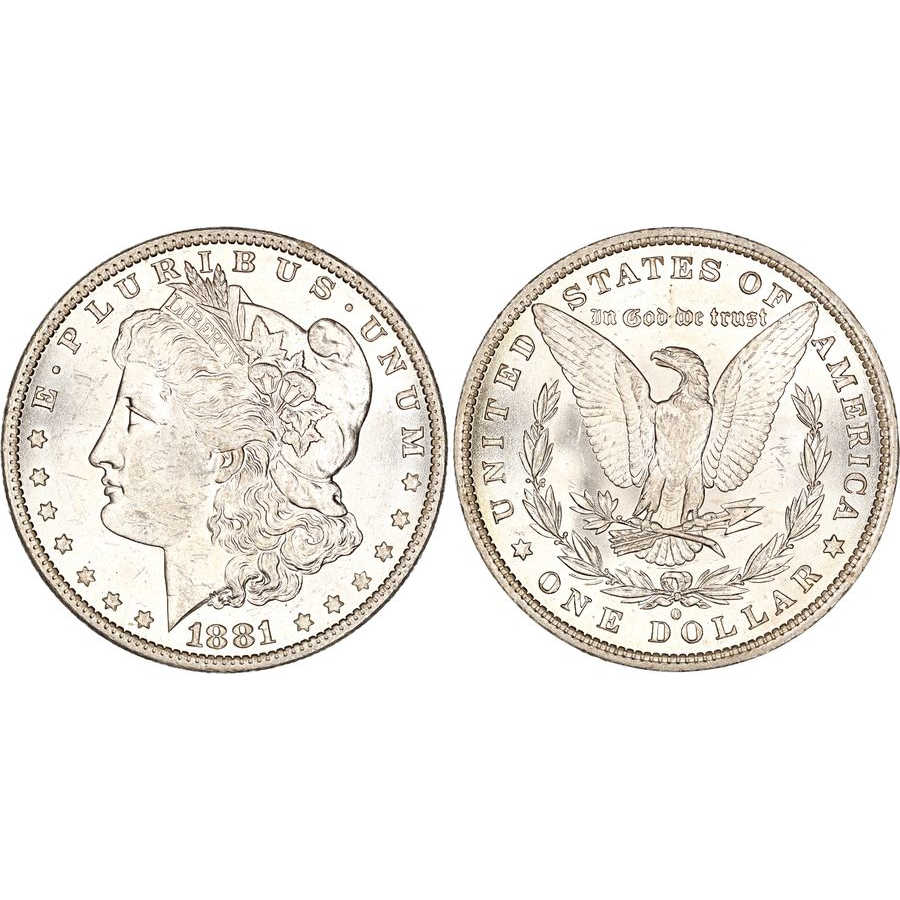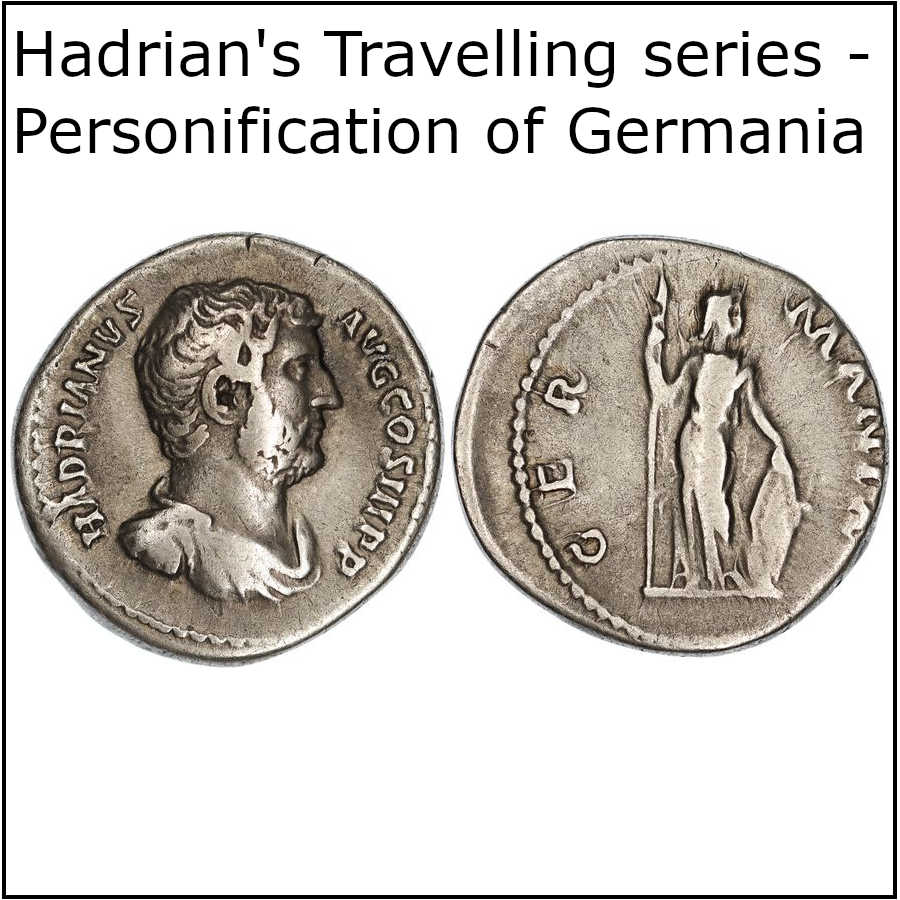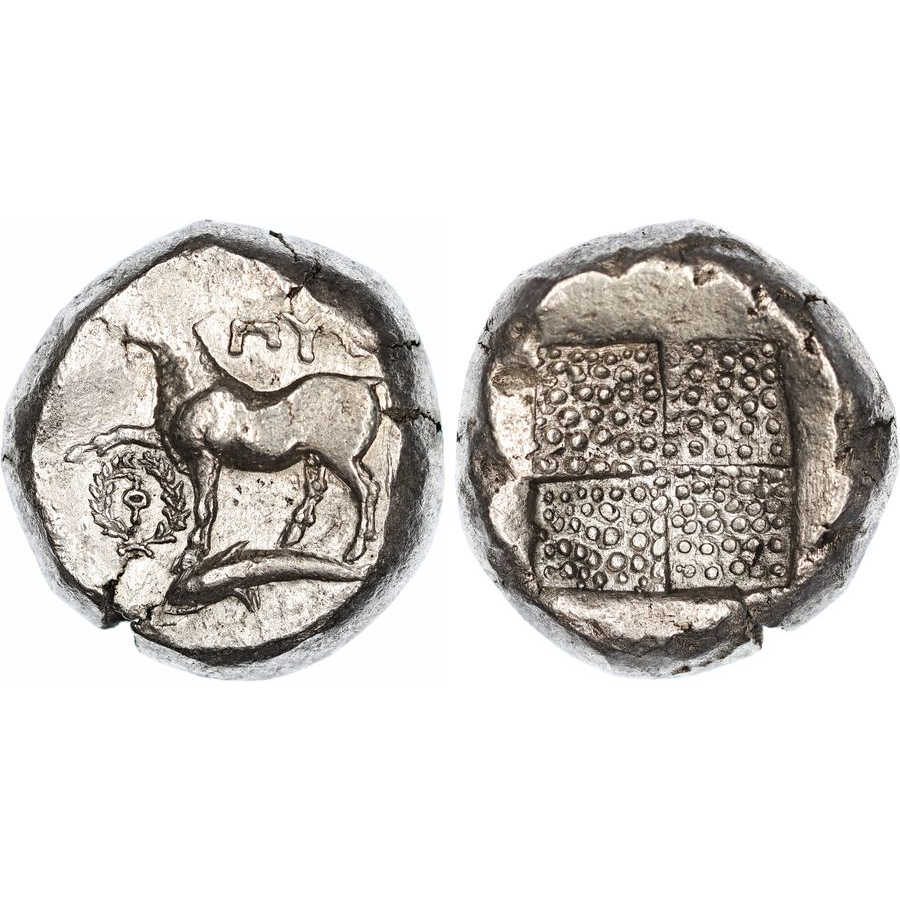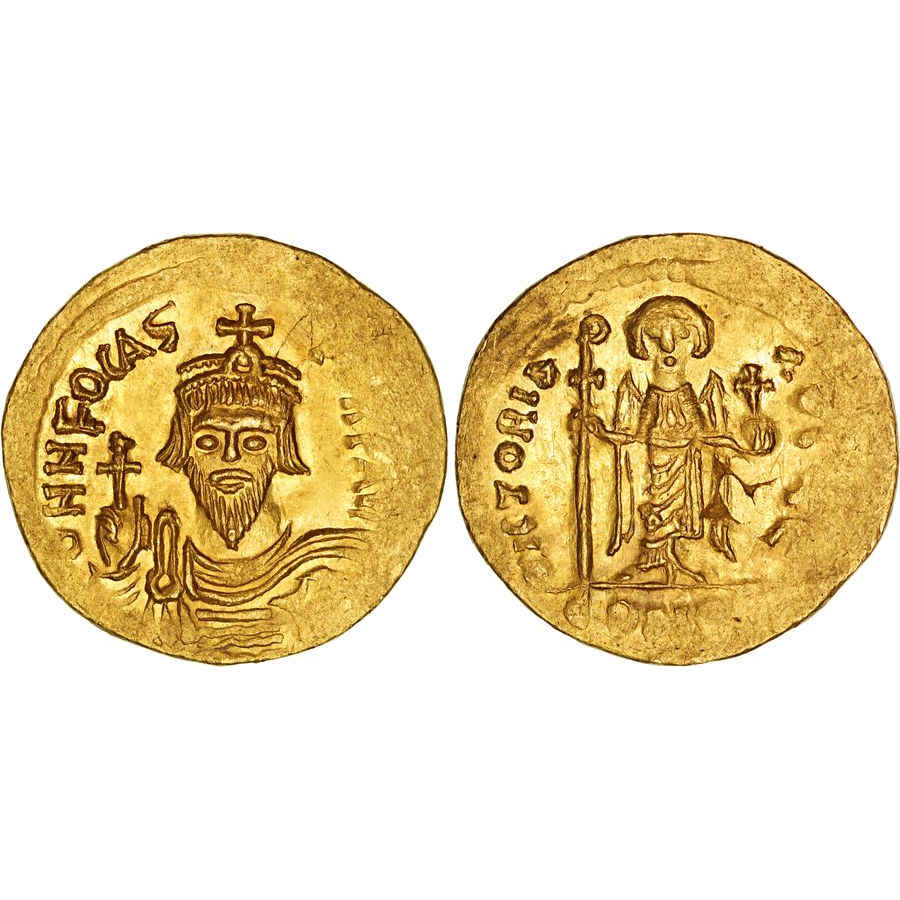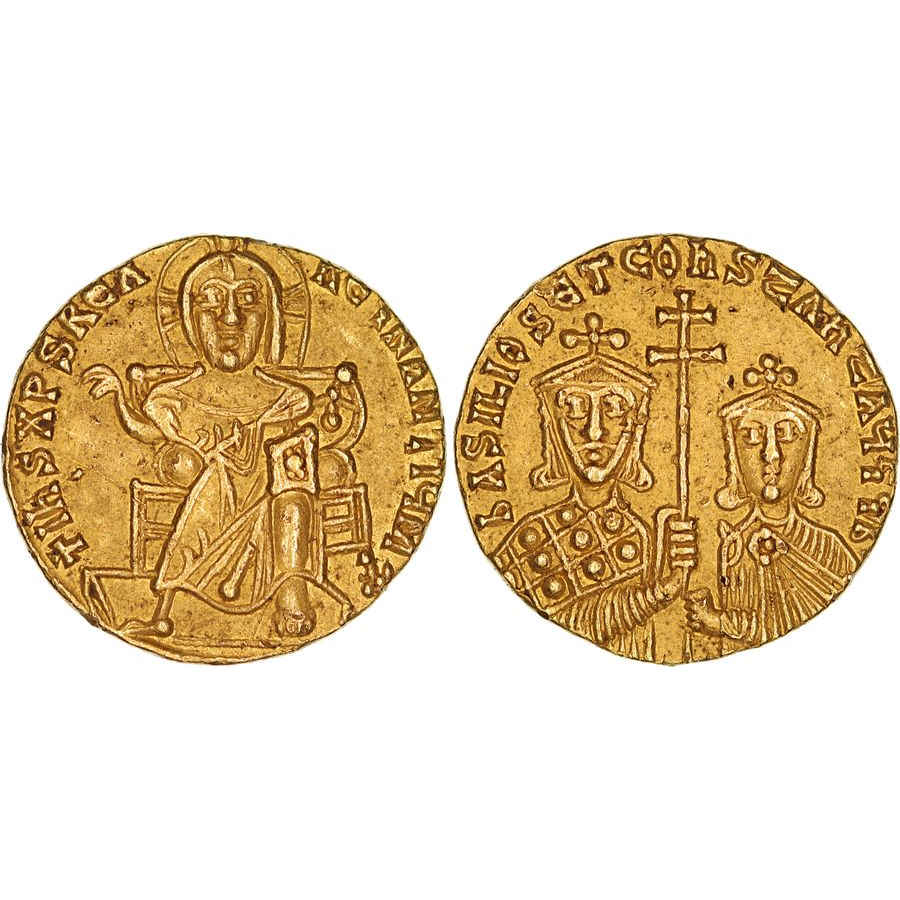Description
Constantinus V ‘Copronymus’, Byzantine Emperor of the Isaurian Dynasty 741-775 AD, Gold Solidus (4.42g, 21mm), Dynastic Issue with his son Leo IV, Constantinople mint circa 756-764 AD. Obverse: Side by side busts of Constantine V on the left and his son Leo IV on the right, each facing forward and crowned and wearing chlamys, pellet between, cross pattée above, legend surrounds, “COhSƮΛҺƮIhOS S LЄOҺ O ҺЄOS”. Reverse: Bust of Leo III ‘the Isaurian’, father of Constantine V, facing forward, crowned and wearing loros and holding long cross potent in right hand, legend surrounds, “G LЄON P A MЧL Φ”. Doc-2g.2; Sear-1551. Light flan flaw over Leo III’s cheek, otherwise well centred and typically blunt in strike, the legend less blundered compared to what is often seen for the type, near Extremely Fine.
The obverse legend reads “Cōnstantīnos et Leōn ὁ néos” with an English translation of “Constantine and Leo the younger”. Constantine is named as “Cōnstantīnos”, a combination of the Ancient Greek “Κωνσταντῖνος”, Latinized as “Kōnstantīnos”, but beginning with “C” from the Latin “Constantinus”. Leo IV is named with the Latinized word “Léōn” from the Ancient Greek “λέων”, and is described as “the younger”, distinguishing himself from his grandfather Leo III on the reverse. The word “younger” is inscribed as “néos”, the Latinized literation of the Ancient Greek “νέος”, the nominative masculine singular of “νεότερος” (Latinized “neóteros”), and interestingly is proceeded with the Ancient Greek “ὁ” for the word “the”, rather than transliterating it as “ho”.
The reverse legend reads “Augustus Leōn per annōs multōs”, with an English translation of “Leo, the Augustus throughout many years”. As the obverse, Leo III is named with the Latin literation “Léōn” from the Ancient Greek “λέων”, with the rest of the legend in Latin. It is assumed the first letter “G” is abridged for “[AV]G” and short for “Augustus”, as is the case for other Byzantine coin legends. The use of “Augustus” is an interesting callback to the coin legends of old, as at the time Byzantine emperors styled themselves as Basileus (transliterated version of the Ancient Greek “βασιλεύς”) or Despotēs (transliterated version of the Ancient Greek “δεσπότης”).
